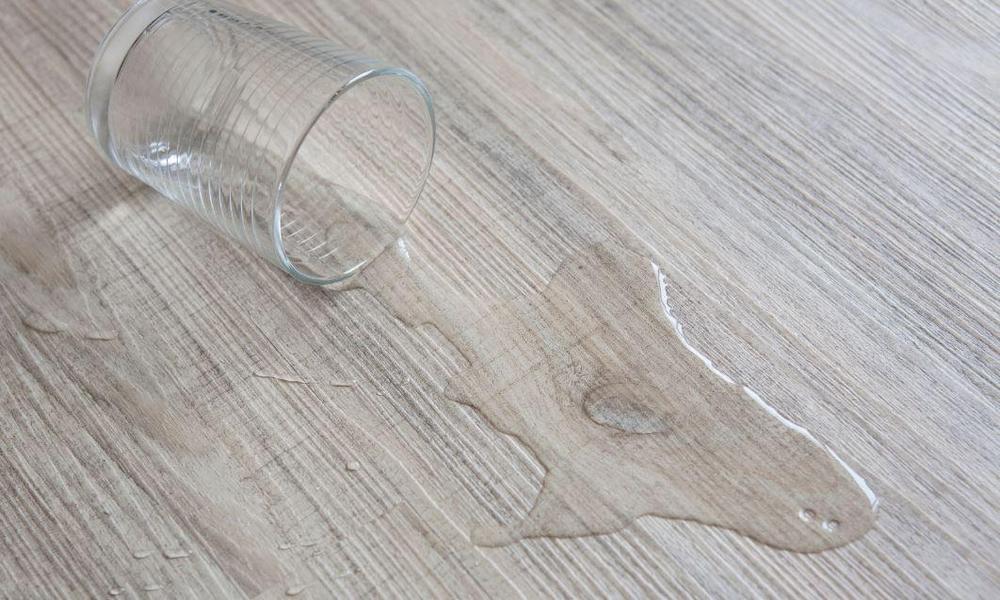When it comes to flooring options, one essential consideration is its ability to withstand moisture and water exposure. In recent years, the terms “waterproof” and “water-resistant” have become increasingly popular, but what exactly do they mean? In this blog post, we will explore the key differences between waterproof flooring and water-resistant flooring, helping you make an informed decision when choosing the right flooring option for your space.
Waterproof Flooring
Waterproof flooring refers to materials that are entirely impervious to water. These floors are designed to withstand extensive water exposure without suffering any damage. Waterproof floor is commonly used in areas prone to moisture, such as bathrooms, kitchens, laundry rooms, and basements.
Types
● Vinyl: Vinyl flooring, especially luxury vinyl planks (LVP) or luxury vinyl tiles (LVT), is a popular choice for waterproof flooring. It consists of multiple layers, including a waterproof core, making it highly resistant to water and moisture.
● Tile: Ceramic or porcelain tiles are inherently waterproof, thanks to their non-porous nature. Properly installed tiles with sealed grout lines provide excellent resistance against water penetration.
● Concrete: Sealed concrete floors are also considered waterproof. When coated with a protective layer or epoxy, concrete can effectively repel water.
Benefits
● Protection Against Water Damage: With waterproof flooring, you can rest assured that spills, leaks, and high humidity will not harm the flooring material or cause warping, swelling, or mold growth.
● Durability And Longevity: Waterproof flooring options are designed to withstand moisture-related wear and tear, ensuring a long lifespan even in high-moisture areas.
● Easy Maintenance: Waterproof floors are generally easy to clean, as water and spills can be quickly wiped away without leaving any lasting damage.
Water-Resistant Flooring
Water-resistant flooring, on the other hand, provides a certain level of protection against water but is not entirely impervious to it. These floors can withstand limited exposure to moisture and are better suited for areas with occasional spills or dampness, such as living rooms, bedrooms, and hallways.
Types
● Laminate: Laminate flooring often features a water-resistant top layer. However, prolonged exposure to water can still cause damage to the core material, making it less suitable for wet areas like bathrooms.
● Engineered Wood: Engineered wood flooring is constructed with multiple layers, including a top layer of real wood. While it offers better water resistance than solid hardwood, it is still susceptible to moisture damage if not promptly cleaned up.
● Cork: Cork flooring has inherent water-resistant properties due to its cellular structure. Although it can handle small spills, cork is not recommended for areas prone to standing water or excessive moisture.
Benefits
● Versatility: Water-resistant flooring options provide more flexibility in terms of design and can be installed in a broader range of spaces throughout the home.
● Cost-Effective: Water-resistant flooring tends to be more affordable than fully waterproof options, making it a budget-friendly choice for many homeowners.
● Aesthetic Appeal: Water-resistant floors come in a wide variety of styles, colors, and patterns, allowing you to achieve the desired look for your space while maintaining some level of moisture resistance.


